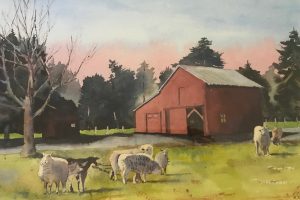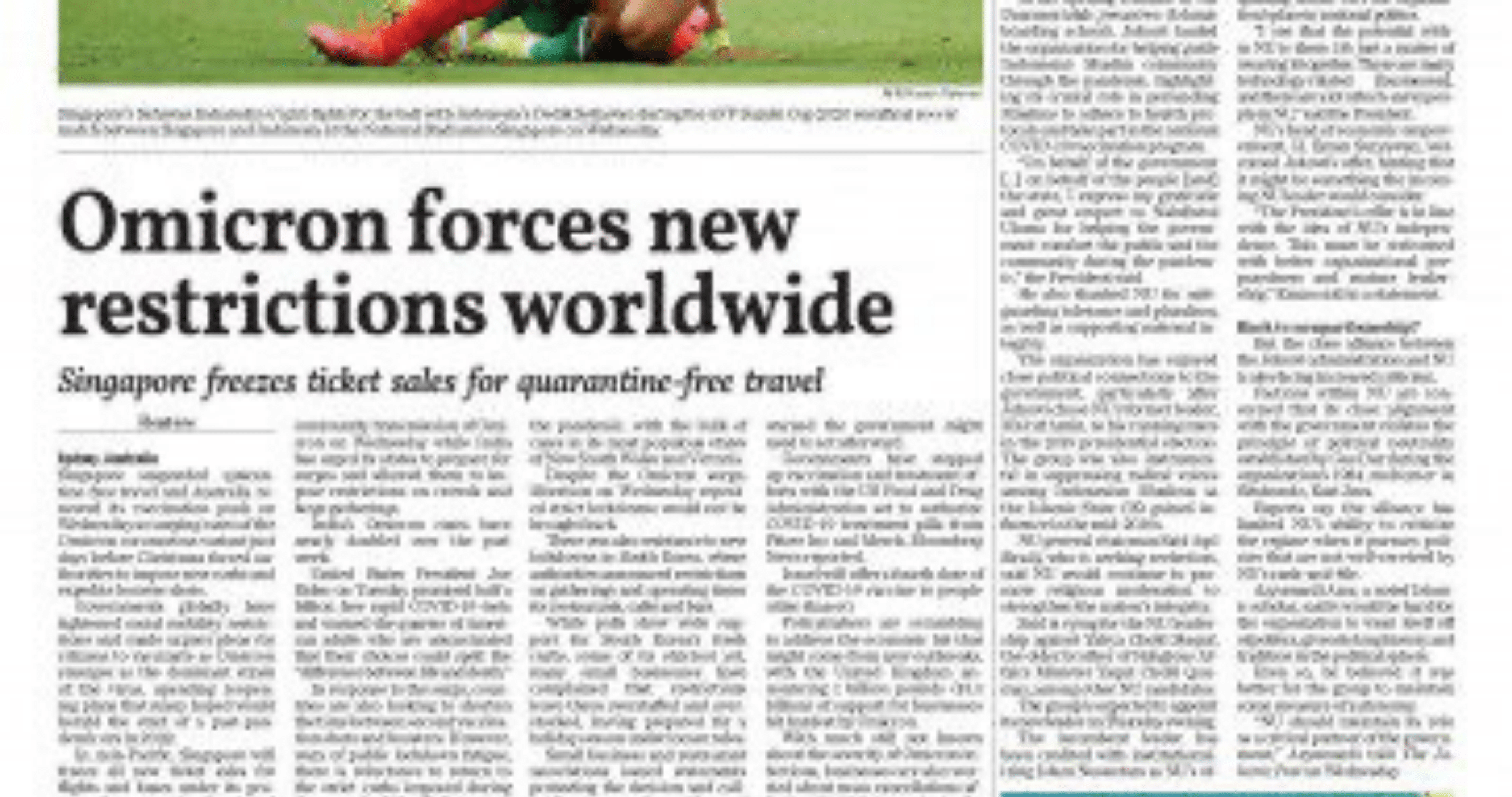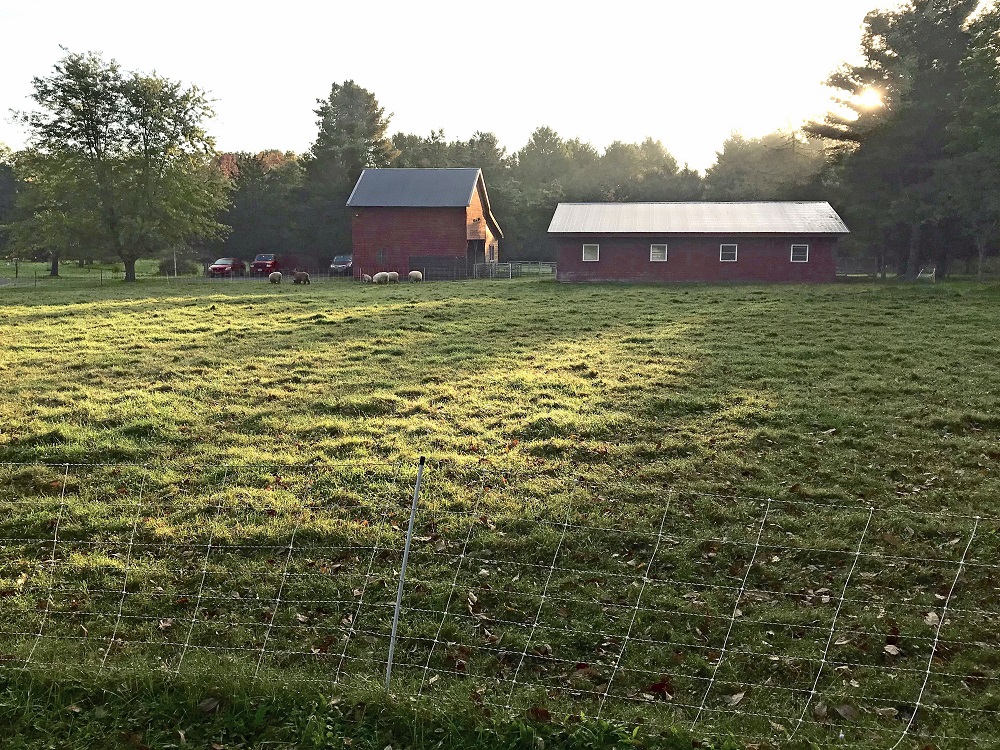One advantage of the COVID-19 pandemic is that we have plenty of time to widen and care for the cross-country ski trails out back. In late December a major snowstorm dropped about 30 inches of soft powder and over Christmas we had the best skiing ever.
An early January thaw has put an end to the skiing for now, giving us time to think about our New Year’s resolutions. So much was put on hold this past year, not the least of which is a long-anticipated family trip to the Fadum Farm in Norway where my grandfather was born. More immediate is the impending birth of our second grandson in Northampton, Massachusetts this spring. It’s time, Indeed, to get going on making plans and resolutions for 2021. The Food and Drug Administration has issued an authorization for the deployment long-awaited vaccines, so the expectation is that we will soon be in the clear with regard to the pandemic. Or will we?
The past ten months of working with Ali’s model and closely following the pandemic in Upstate New York have taught us that almost all of the important aspects of the pandemic—for example, its overall duration, the timing and size of the waves, cumulative numbers of infections and deaths—depend on three critical factors. First is the ability of public health systems to mount a widespread effort that can reach out to the entire population on matters such as screening, testing, quarantining, and contact-tracing. Second is the general level of public compliance with public health mandates such as social distancing, wearing masks and observing lock-down instructions. Third is shifting public behavior in response to increasing and receding threats of death and illness as the pandemic waxes and wanes.
All three factors are in play around the roll-out of the vaccines and they trace back to the capacity and competence of our public health system as well as to overall social discipline and levels of compliance within the population as a whole. The approval of the vaccines has not altered these basic factors. It is reasonable to anticipate that the administration of a vaccine program aimed at creating a high enough level of population immunity to stem the pandemic will give rise to another complex, dynamic system. Undoubtedly some potential scenarios will turn out well, with population-level immunity being achieved swiftly and without hitches. Under others, however, forces operating within the system may combine to stymie efforts to achieve population immunity levels high enough to hold the virus in check.
Just last week, Ali, Dan, Babak, and I had an interesting conversation about what one might call “vaccination dynamics”. We identified five questions about the factors that shape how well the vaccination program performs:
- How fast can the public health system mount a whole population program? (I.e., how fast is “Warp Speed”?)
- What fraction of the population is initially willing to be vaccinated?
- What is the average duration of immunity?
- What fraction of the population will be interested in a revaccination program as immunity fades?
- How will increasing or decreasing COVID-19 infection and death rates influence people’s willingness to participate in present and future vaccination programs?
At the beginning of the pandemic Ali created a system dynamics model as a tool to help us think clearly about the forces that drive the pandemic’s growth, decline and reemergence. Now, as we face the next chapter in the COVID-19 saga, it’s time to revise and expand the model to help us think about vaccination dynamics and the scenarios surrounding the roll out of the newly approved vaccines.
Alas, it’s still rather too soon for Deborah and David to set firm plans for the coming summer. We’ll hope (and act) for the best, but in the short run, we’ll just hope for more good snow and look forward to stay-at-home skiing.
This Story Has a Lesson
A vaccine program that can achieve herd immunity is a dynamic system that has its own internal logic. Whether it performs well depends on the effectiveness of our public health system and on how disciplined and compliant with health directives is our population as a whole. These two factors, which have already complicated efforts to control COVID-19 in the United States, remain problematic. At least five factors will affect how well the vaccination programs perform: (1) the speed of the public health system in mounting a whole population program, (2) the initial willingness of the population to be vaccinated, (3) the average duration of immunity, (4) the willingness of the population to be revaccinated repeatedly as immunity fades and (5) the public’s possibly shifting willingness to be vaccinated as infection and death rates rise and fall. Understanding how these factors interact to produce favorable and unfavorable scenarios will require additional system dynamics modeling efforts on our part.





